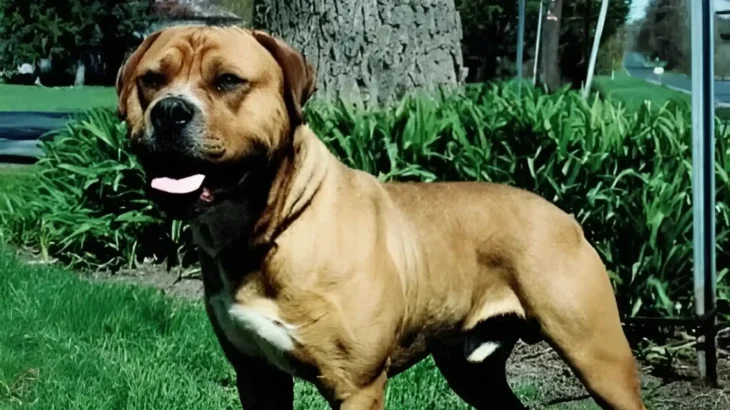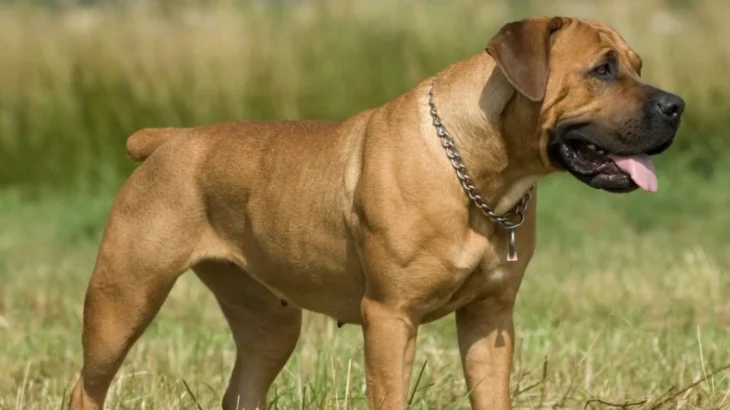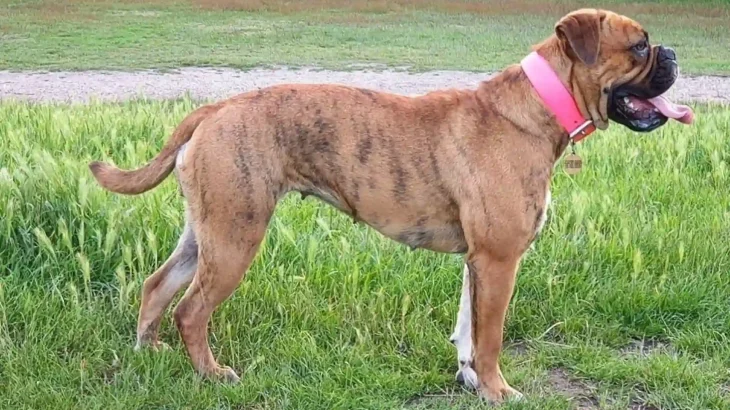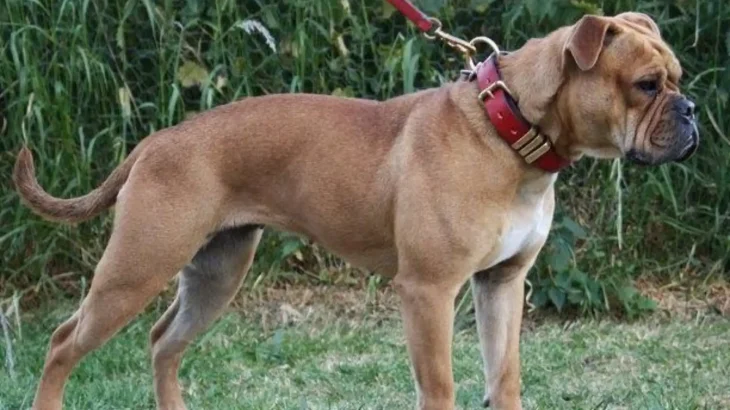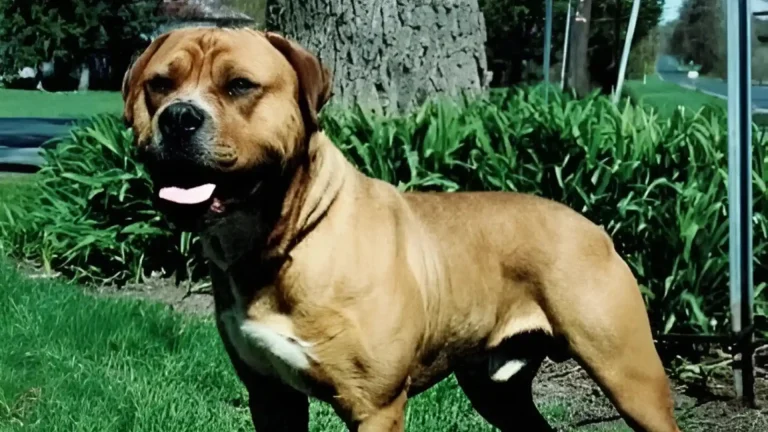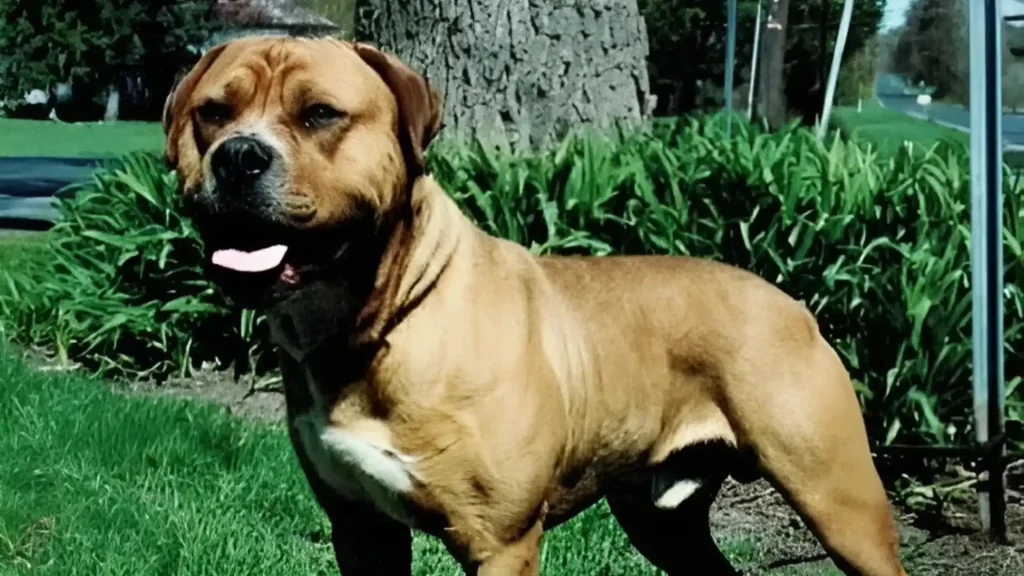Deciding between adopting or purchasing an American Bull Molosser puppy involves weighing factors like cost, health transparency, and support systems. While buying from a breeder often guarantees pedigree and health history, adoption can offer a more budget-friendly option and the chance to give a home to a dog in need. Each choice has unique considerations related to the breed's specific needs and potential risks.
Adoption vs. Breeder: Pros & Cons
| Criteria | Buying from Breeder | Adopting from Shelter/Rescue |
|---|---|---|
| Cost | Higher upfront cost, often $1,000 to $3,000 for a purebred puppy. | Lower adoption fees, usually $100 to $300, often with some medical care. |
| Health History | Usually detailed health records and genetic screenings provided. | Health history may be limited; basic health checks done. |
| Age Availability | Mostly puppies, allowing early training. | Dogs of various ages available; puppies less common. |
| Temperament Insight | Breeders can share lineage and parents' temperament info. | Shelter staff provide observations; full behavioral history may be unclear. |
| Supporting Practices | Supports responsible breeding with health and breed standards focus. | Supports animal welfare by rescuing dogs and reducing shelter crowding. |
| Risk of Genetic Disorders | Lower risk with ethical breeders screening for issues. | Potentially higher or unknown risk; genetic history may be unknown. |

